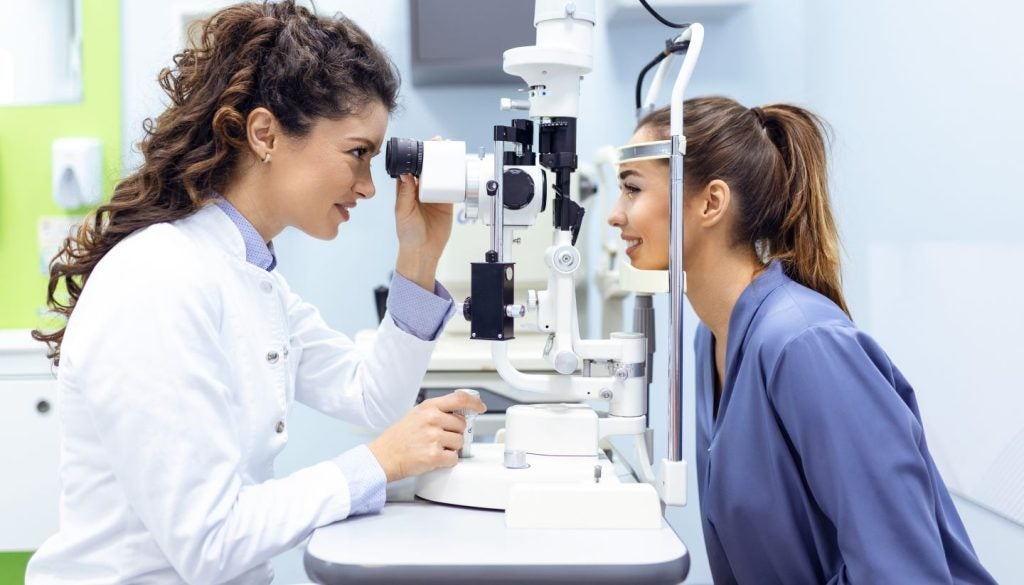At the American Academy of Neurology (AAN) 2024 Annual Meeting, during the Neurology Year in Review Plenary Session, the safety of gene transfer therapies in neuromuscular disorders was discussed.
Although these therapies have improved the disease prognosis for rare genetic disorders, the risks associated with such treatments should be monitored and managed effectively.
Novartis’ Zolgensma for the treatment of spinal muscular atrophy (SMA) was the first gene transfer therapy to receive US Food and Drug Administration (FDA) approval in the central nervous system market in 2019.
Key opinion leaders (KOLs) previously interviewed by leading data and analytics company GlobalData agreed that the one-time intravenous infusion of Zolgensma has greatly improved disease outcomes for patients with SMA, allowing patients to reach normal childhood developmental milestones.
However, KOLs noted that while Zolgensma is generally safe and well-tolerated by patients, some patients experience substantial treatment-emergent adverse events (TEAEs).
See Also:
During the presentation, the importance of monitoring patients who have received Zolgensma was highlighted.
How well do you really know your competitors?
Access the most comprehensive Company Profiles on the market, powered by GlobalData. Save hours of research. Gain competitive edge.

Thank you!
Your download email will arrive shortly
Not ready to buy yet? Download a free sample
We are confident about the unique quality of our Company Profiles. However, we want you to make the most beneficial decision for your business, so we offer a free sample that you can download by submitting the below form
By GlobalDataWithin the first few weeks of Zolgensma treatment, there is a risk of moderate to severe TEAEs such as fever, emesis, diarrhoea, thrombotic microangiopathy, and thrombocytopenia.
Additionally, at one to two months after Zolgensma treatment, there is risk of elevated transaminases and liver injury. As such, Zolgensma has a boxed warning for acute liver failure.
In the RESTORE registry study, which investigated 167 patients who received Zolgensma treatment, almost 50.0% of patients had TEAEs, 29.3% of patients had hepatotoxicity, 23.0% of patients had transient thrombocytopenia, 13.2% of patients had a cardiac adverse event, and one patient had thrombotic microangiopathy.
Due to the severity of the TEAEs associated with Zolgensma, some patients are not appropriate for Zolgensma treatment.
A UK-based KOL previously interviewed by GlobalData stated that a national multidisciplinary team of specialists advise whether a patient is eligible for Zolgensma treatment based on the severity of symptoms and comorbidities, including liver enzyme elevation.
During the presentation, it was noted that although it may be perceived as easy to administer gene transfer therapy via intravenous infusions, vigilant monitoring of TEAEs and prompt intervention is challenging.
Healthcare institutions that administer gene transfer therapy need a team of multidisciplinary paediatric subspecialists who are knowledgeable and experienced in caring for patients who have received gene therapy.
This team of specialists can include individuals from the haematology, nephrology, hepatology, cardiology, and pulmonary departments, among others.
Zolgensma is restricted to paediatric patients under two years of age with SMA, with biallelic mutations in the survival motor neuron 1 (SMN1) gene.
A UK-based KOL previously interviewed by GlobalData stated that most patients eligible for Zolgensma were already treated.
As such, without a label expansion, sales growth will be limited.
Novartis reported global sales of $1.2bn in 2023.
Novartis is currently investigating an intrathecal (IT) formulation of Zolgensma in two Phase III clinical trials for patients aged 2-18 years (STEER and STRENGTH), which could expand the population of patients eligible for gene therapy.
In an earlier Phase I/II study (STRONG), patients aged between 6-60 months who have copies of the SMN2 gene and were treated with Zolgensma IT saw increases in Hammersmith Functional Motor Scale-Expanded scores, so there is promise for the Phase III trials.
However, safety concerns have been raised with the IT formulation.
In 2019, the FDA implemented a partial clinical hold on the IT formulation of Zolgensma due to a preclinical study in which animal findings showed dorsal root ganglia mononuclear cell inflammation, which was sometimes accompanied by neuronal cell body degeneration or loss.
However, the clinical hold was lifted on the IT formulation in August 2021 based on non-clinical data from a toxicology study in non-human primates that addressed safety concerns relating to the risk of DRG injury following IT administration.
The AAN 2024 presentation noted that there have been two reports of sensory axonal polyneuropathy in patients treated with an IT agent from the Novartis clinical trials.
As the trial is a double-blinded study, it is not yet known whether the patients received Zolgensma or a sham procedure.
As the IT formulation is designed to be delivered directly to the brain and the spinal cord, it could allow a lower viral vector load than its intravenous formulation.
As such, the IT formulation could allow for the delivery of higher doses for the older patient group per weight-based dose of Zolgensma.
If the IT formulation proves to be safe and efficacious in SMA patients in Phase III clinical trials, the new formulation would enable patients older than two years of age to be treated with Zolgensma and would likely increase the SMA patient population targeted by Novartis.
This would have a huge impact on the potential revenue for the drug.










Related Company Profiles
Novartis AG